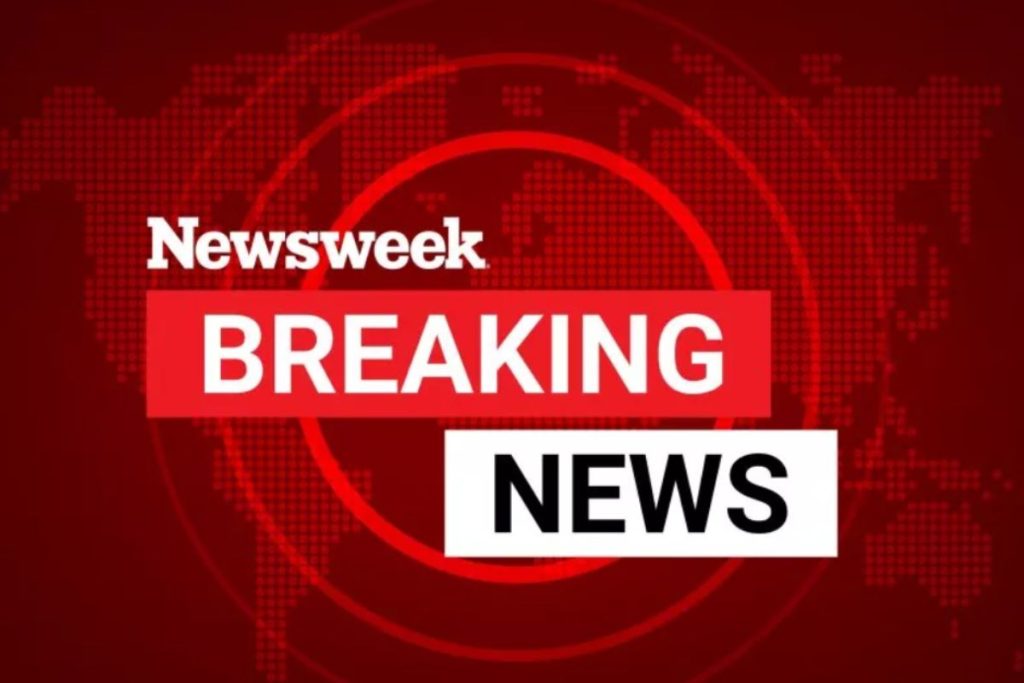The Genesis of Conflict and the Path to Ceasefire
The October 7th attack, a meticulously planned and ruthlessly executed operation by Hamas militants, marked a turning point in the Israeli-Palestinian conflict. The attack, unprecedented in its scale and brutality, targeted civilians across southern Israel, leaving a trail of death and destruction. The sheer number of casualties and the audacious nature of the attack sent shockwaves through Israel and the international community, eliciting widespread condemnation and calls for immediate action. The Israeli government, reeling from the shock and determined to retaliate, launched a massive military offensive against Hamas in the Gaza Strip. The ensuing conflict escalated rapidly, with both sides engaging in intense cross-border exchanges. Hamas fired rockets indiscriminately into Israeli territory, while Israel responded with airstrikes and ground operations, targeting Hamas infrastructure and personnel. The conflict, characterized by its ferocity and the heavy toll on civilian lives on both sides, quickly spiraled into a full-blown crisis, prompting international efforts to broker a ceasefire.
The Delicate Balance: Negotiating a Ceasefire Amidst Chaos
The negotiations for a ceasefire proved to be exceptionally challenging, complicated by the deep-seated mistrust and animosity between the two sides. The emotional scars of past conflicts, coupled with the intensity of the current hostilities, created a highly charged atmosphere that made any meaningful dialogue difficult. The demands of both sides were seemingly irreconcilable. Israel insisted on the unconditional release of all hostages taken by Hamas during the October 7th attack, while Hamas demanded an end to the Israeli blockade of Gaza and the release of Palestinian prisoners. The talks, mediated by international actors, including Egypt and the United States, were fraught with tension, with several attempts at a ceasefire failing to materialize. The pressure to reach an agreement, however, mounted as the humanitarian crisis in Gaza worsened and the death toll continued to rise.
A Glimmer of Hope: The Terms of the Ceasefire Agreement
After weeks of intense negotiations, the Israeli cabinet finally approved a ceasefire deal on January 17th, 2025. The agreement, while far from perfect, offered a glimmer of hope for an end to the violence. The central provision of the agreement was the phased release of hostages captured by Hamas. The Israeli government, under immense public pressure to bring their citizens home, agreed to a timetable for the return of the abductees, starting on January 19th, 2025. The details of the release process, including the number of hostages to be released in each phase and the criteria for their selection, were not immediately disclosed. While the release of the hostages was a significant victory for Hamas, the agreement did not address their other demands, such as the lifting of the Gaza blockade and the release of Palestinian prisoners. This aspect of the agreement was seen as a concession by Hamas, likely due to pressure from mediating parties and the deteriorating humanitarian situation in Gaza.
The Unresolved Issues: Lingering Tensions and the Path Forward
Despite the ceasefire agreement, significant challenges remained, and the underlying causes of the conflict remained unresolved. The Gaza blockade, a long-standing point of contention, remained in place, although Israel committed to easing restrictions on the entry of humanitarian aid. The issue of Palestinian prisoners also remained unresolved, potentially fueling future tensions. Furthermore, the ceasefire agreement did not address the fundamental issues driving the conflict, including the status of Jerusalem, the right of return for Palestinian refugees, and the establishment of a Palestinian state. These unresolved issues cast a long shadow over the prospects for lasting peace, raising concerns about the sustainability of the ceasefire and the potential for future outbreaks of violence.
The Aftermath of Conflict: Rebuilding Lives and Communities
The ceasefire marked the beginning of a long and arduous process of rebuilding lives and communities shattered by the conflict. The scale of destruction in Gaza was immense, with homes, hospitals, and schools reduced to rubble. The humanitarian crisis, exacerbated by the blockade, required a massive international aid effort to address the urgent needs of the population. In Israel, the psychological scars of the October 7th attack and the subsequent conflict ran deep. The trauma of the violence, coupled with the lingering fear of future attacks, required a concerted effort to provide psychological support and promote healing within communities.
The Uncertain Future: Navigating the Path to Peace
The ceasefire agreement, while a welcome respite from the violence, represented only a fragile step towards a more sustainable peace. The path forward remained fraught with challenges and uncertainties. The lack of trust between the two sides, the unresolved core issues of the conflict, and the potential for spoilers threatened the fragile peace. The international community, recognizing the urgency of the situation, emphasized the need for a renewed effort to address the root causes of the conflict and to pursue a comprehensive peace agreement. The future of the Israeli-Palestinian conflict remained uncertain, but the ceasefire offered a window of opportunity to break the cycle of violence and to pursue a more just and lasting peace.

